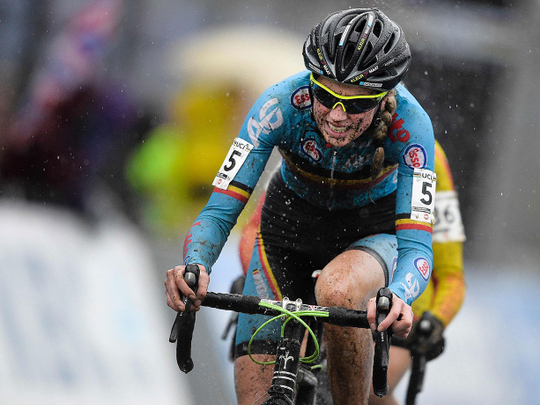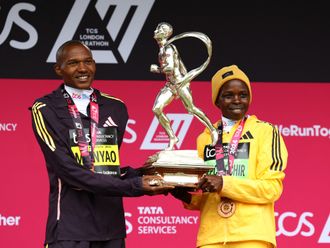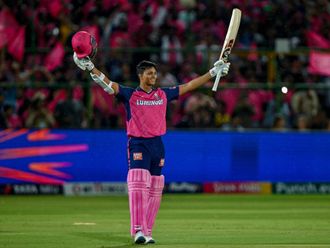
Dubai: It seems that cycling and controversies go hand in hand.
While dark memories of Lance Armstrong’s doping scandal is still fresh in the mind of cycling fans, the latest reports to surface in pro-cycling this week was the usage of small motor to power the rear wheel in the World Championships. The international governing body, Union Cycliste Internationale (UCI), caught 19-year-old Belgian rider Femke Van den Driessche using a motor in her bicycle in the World Cyclo-Cross Championships. The new practice was termed by UCI last year as “technological doping.”
While the rider’s excuse was she had been using a friend’s bike, the incident throws up the key question if the sport’s clean-up has been complete.
Sir Brandley Wiggins, however, isn’t surprised at all with the new revelation as doubts about mechanical doping have been hovering around for a while now.
“It has been around for a while, haven’t they... for five years now and they have had this suspicion. They have been checking the bikes, but this is the first one they have found. I’m sure it has happened in the past, but they haven’t found them,” Wiggins said in a chat with scribes ahead of the Dubai Tour that got underway on Wednesday.
Call for harsh penalties
The British Olympic Champion was also of the view that the harshest punishment should be handed over to such cheats and even the manufacturers should be slapped with a ban, for their role in the act.
“You have to ban the rider for life. The manufacturers have to take some responsibility as well. UCI also have to take responsibility as they found it. It’s good that they have found it, because they have been checking them for five years now,” added Wiggins, who also recalled UCI doing a thorough check of his bike after he broke the UCI Hour Record in June last year — riding 54.526 kilometres on the Lee Valley Velodrome in London to beat the previous record of 52.937 set by Alex Dowsett.
“They did it after the hour record; they took my bike to pieces. They didn’t give up with it, which is a good thing,” said Wiggins, who felt that the new scandal was different from ‘blood doping’ but didn’t term it as ‘worse’.
“I wouldn’t say it is worse but they are both as bad as each other. I can understand why some people would choose to dope with what is at stake and what is to be gained from it financially and things. But to stick a motor in your bike, I don’t understand the logic behind that... winning a race because you have got an extra 200 odd watts in your bottom bracket.”
Fabian Cancellara, who was under scanner himself with mechanical doping allegations in 2010, played down the controversy: “If it’s true or not, I have no idea. What the UCI is going to do, I don’t know. It’s just funny that there [is] a lot of speculation on new things, on this thing, on old things. I think we will see what will come.”
Another incident that had surfaced earlier was in 2014 when Ryder Hesjedal crashed at the Vuelta a Espana, but his wheels continued spinning, raising suspicions of conspiracy.
The UCI was unable to act on this owing to a lack of evidence.
It will be interesting to see what punishment UCI hands out to Van den Driessche and his cycle manufacturing company!










